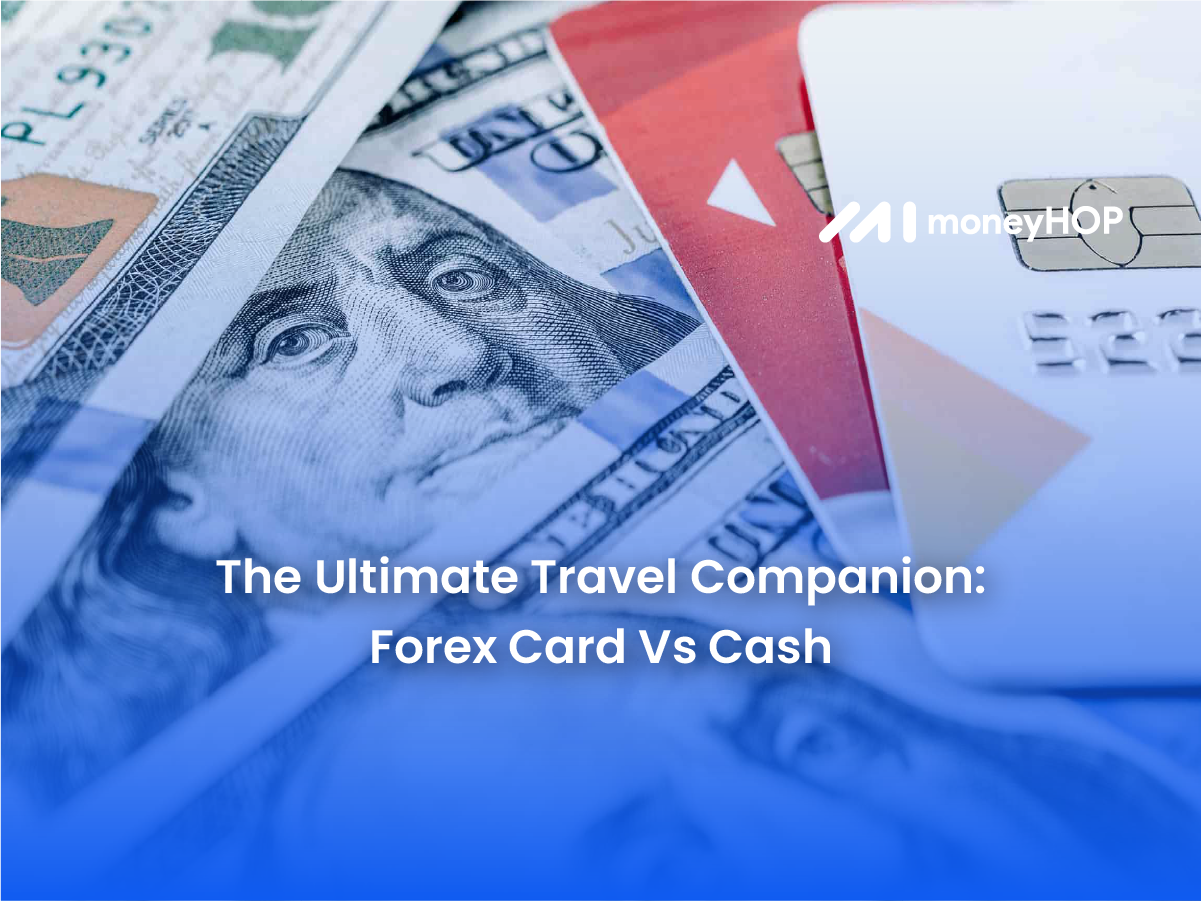International travel is on the rise, and it certainly magnifies the debate as to whether Forex cards score over cash as the preferred financial tool for exploration. Convenience, security, and cost are the bywords of today’s discerning traveller, hence the decision to use one over the other. With such a dynamic landscape, the differences between a forex card and cash are worth discovering. We take you along as we attempt to figure out the benefits, detriments, and suitability of both across various travel scenarios. However, be it an experienced globetrotter or a first-time novice, preparing with the right set of financial tools remains paramount to making the travel experience seamless and rich. So, let’s dive in and try to figure out which remains supreme in the case of a Forex card or cash.
Convenience
- Forex Cards: They offer convenience and ease of use as they are widely accepted across the globe. These cards can be preloaded with multiple currencies and serve as a handy option for multi-country tours.
- Cash: It remains “the king” in many parts of the world, regardless of advancements in digital payment methods. This can be useful for smaller transactions where cards might not be accepted.
Security
- Forex Cards: These cards are known for their security features. In case of a loss or theft, they may be blocked or even replaceable; hence, the chances of monetary loss are mitigated. Added protection is provided by way of insurance against theft or loss.
- Cash: Carrying cash becomes a thing of great vigilance when going to any unknown environment. There are high chances for theft.
Cost-Effectiveness
- Forex Cards: These cards are generally cost-effective by nature when compared to all other forms of currency. They offer the flexibility to lock in the exchange rate while loading the currency, which in turn helps you protect against unfavorable rates during your trip. Moreover, these cards help you save on the fees of transactions and withdrawals.
- Cash: Managing cash can sometimes incur extra costs, such as higher fees for currency exchange at airports or hotels, and it doesn’t protect against exchange rate fluctuations.
Budgeting
- Forex Cards: These cards would make it easy for one to manage money and control spending since there is a stipulated amount paid in the form of a loading card. This is an easier way of sticking to your budget without the temptation of overspending.
- Cash: It offers convenience and immediate control of all your spending without the potential overdraft. Still, the tracking of expenses with painstaking detail may be harder with cash.
How is moneyHOP revolutionizing the remittance market?
moneyHOP is revolutionizing the remittance market by offering a digital and affordable model for international money transfers and reducing global cross-border remittance fees. As India’s first cross-border neo bank, moneyHOP has launched services like HOPRemit for seamless foreign remittances. These innovations offer instant and contactless international remittance services, digital KYC for onboarding, and competitive currency exchange rates. moneyHOP has prioritized technology-based security for international money transfers. By making the remittance process more secure, cost-effective, paperless, and adhering to regulatory norms, moneyHOP aims to facilitate economical and convenient cross-border transactions.
Why pay more for international money transfers when moneyHOP is here?
- NO hidden fees
- ZERO convenience fees
- Real-time updates
- Lowest exchange rates
Way Forward
Deciding between a Forex card and cash while going abroad hinges greatly on your destination, spending patterns, and security requirements. Forex cards provide convenience, security, and budget control, rendering them a superb option for most travelers. Nonetheless, it’s prudent to have cash on hand for minor expenditures or in locales where facilities are limited. By judiciously blending both approaches, you can attain security and adaptability, and enjoy seamless and worry-free travel.

Leave a Reply